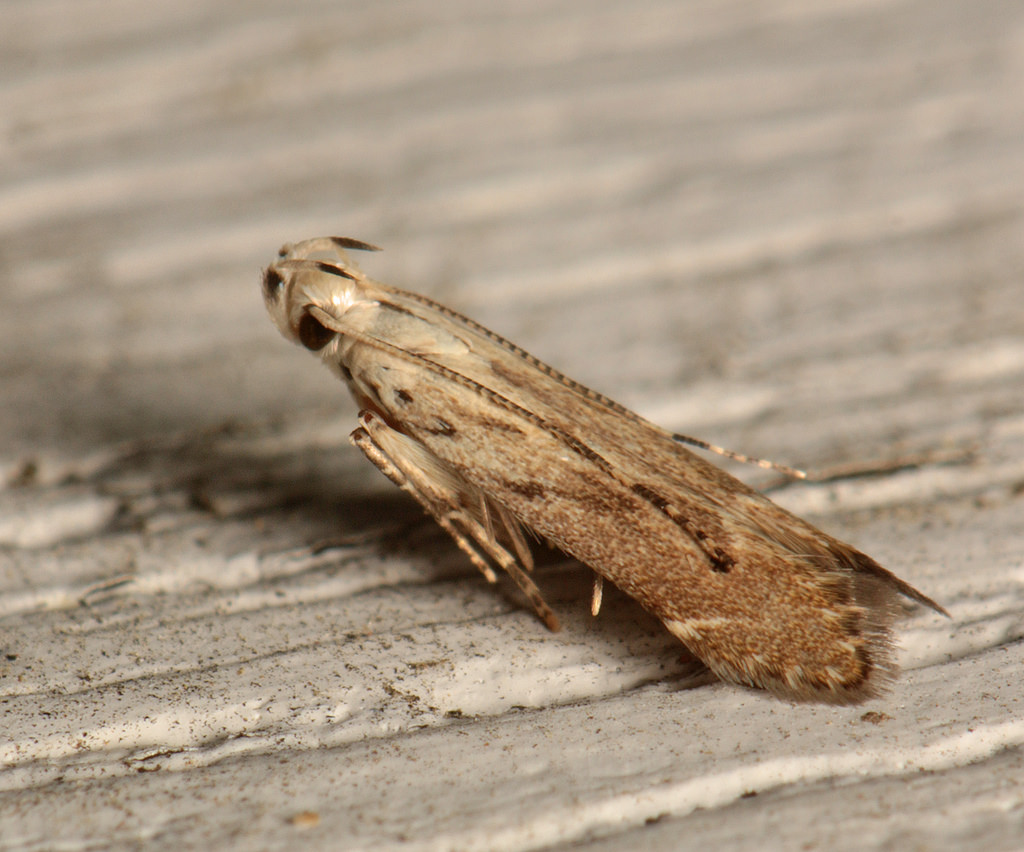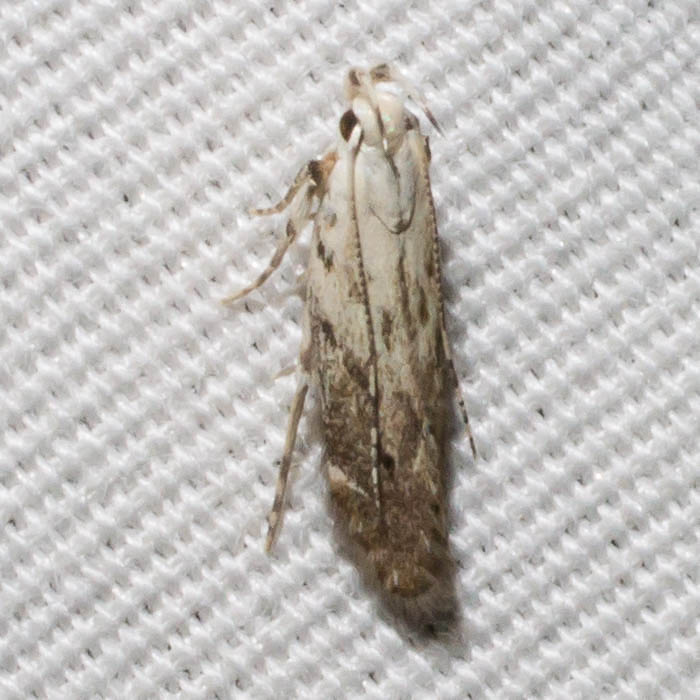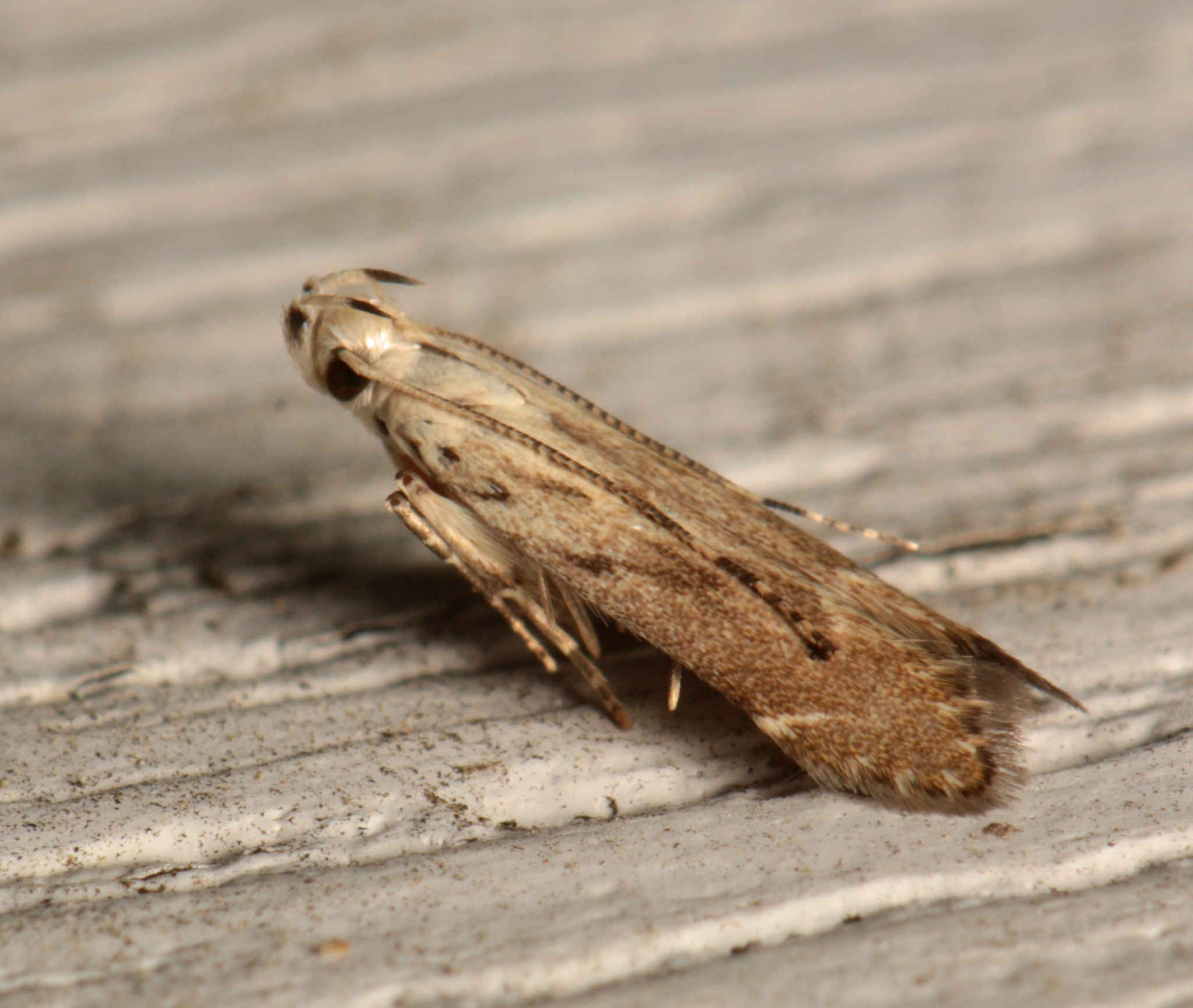Map Snapshot



4 Records
Seasonality Snapshot
Source: Wikipedia
| Monochroa angustipennella | |
|---|---|
| Scientific classification | |
| Domain: | Eukaryota |
| Kingdom: | Animalia |
| Phylum: | Arthropoda |
| Class: | Insecta |
| Order: | Lepidoptera |
| Family: | Gelechiidae |
| Genus: | Monochroa |
| Species: | M. angustipennella
|
| Binomial name | |
| Monochroa angustipennella (Clemens, 1863)
| |
| Synonyms | |
| |
Monochroa angustipennella is a moth of the family Gelechiidae. It was described by James Brackenridge Clemens in 1863. It is found in North America, where it has been recorded from California, Illinois, Maine, New Jersey, New York, Ohio, Oklahoma and Pennsylvania.[1][2]
The wingspan is about 12 mm. The base of the forewings is silvery white, gradually becoming overlaid with fuscous outward. The outer half of the wing dark fuscous with a silvery-yellowish luster. At the end of the cell is a small round black dot and at the beginning of the costal cilia is a short oblique triangular light yellow spot. At the base of the cilia, round the entire apical edge, is a heavy deep black line, interrupted by four costal and three dorsal short indistinct yellowish-white dashes, which are faintly continued out in the dark fuscous cilia. The dorsal edge opposite the costal triangular spot is yellowish. The hindwings are dark fuscous, nearly black, with silvery reflections.[3]
References
[edit]- ^ Savela, Markku. "Monochroa Heinemann, 1870". Lepidoptera and Some Other Life Forms. Retrieved November 5, 2017.
- ^ Moth Photographers Group. Mississippi State University.
- ^ Description of Aristotelia kearfottella in Proceedings of the United States National Museum 25 (1304): 803
 This article incorporates text from this source, which is in the public domain.
This article incorporates text from this source, which is in the public domain.


